Compound Subject Worksheets 6th Grade
Compound subject worksheets are a valuable resource for 6th-grade students who are learning about subject-verb agreement and sentence structure. These worksheets provide practice exercises that focus specifically on compound subjects, helping students to identify and correctly use them in their writing. By mastering the concept of compound subjects, students can enhance the clarity and coherence of their sentences, making their writing more effective and polished.
Table of Images 👆
- Compound Predicate Worksheets
- Direct and Indirect Objects Worksheets
- Simple Sentence Worksheets 6th Grade
- 6th Grade Vocabulary Words Worksheets
- Argument Essay Graphic Organizer for Persuasive Writing
- Subject and Predicate Worksheets
- 6th-Grade Verb Worksheets
- Personal Pronouns Worksheet
- Comma Punctuation Worksheets
- Past Present Tense Verb Worksheets
- Comparative Adjectives and Adverbs Worksheets
More Other Worksheets
Kindergarten Worksheet My RoomSpanish Verb Worksheets
Cooking Vocabulary Worksheet
DNA Code Worksheet
Meiosis Worksheet Answer Key
Art Handouts and Worksheets
7 Elements of Art Worksheets
All Amendment Worksheet
Symmetry Art Worksheets
Daily Meal Planning Worksheet
What is a compound subject?
A compound subject is when two or more subjects are connected with a coordinating conjunction, such as "and," "or," or "nor," and they share the same verb in a sentence. This means that the action of the verb applies to all the subjects in the compound subject.
Give an example sentence using a compound subject.
Cats and dogs play together in the park every evening.
How do you identify a compound subject in a sentence?
A compound subject in a sentence can be identified by looking for two or more subjects that are joined by a coordinating conjunction like "and" or "or." The subjects will typically be performing the same action within the sentence.
What is the purpose of using compound subjects in writing?
The purpose of using compound subjects in writing is to combine two or more related subjects within a single sentence. This helps to streamline the information presented, making the writing more concise and cohesive. By using compound subjects, writers can avoid repetition and create a more varied and engaging writing style that adds complexity and depth to their content.
How does a compound subject affect verb agreement?
A compound subject consists of two or more nouns or pronouns that are connected by "and." In terms of verb agreement, a compound subject usually takes a plural verb if the individual subjects are connected by "and" and are seen as separate entities performing the action. For example, "John and Sarah are going to the party." However, if the compound subject is seen as a singular unit or represents a singular concept, the verb will be singular. For instance, "Bread and butter is my favorite snack." In cases where the subjects are connected by "or" or "nor," the verb agrees with the subject closest to it.
Can a compound subject consist of different types of nouns?
Yes, a compound subject can consist of different types of nouns, such as common nouns, proper nouns, and pronouns. These nouns can be singular or plural and can be joined with conjunctions like "and" or "or" to form a compound subject in a sentence.
Are there any exceptions or special rules when using compound subjects?
One special rule when using compound subjects is that when they are joined by "and," the subject is plural and requires a plural verb. However, if the compound subject refers to the same person or thing, it is considered singular and requires a singular verb. It is important to pay attention to the context and relationship between the subjects to determine whether a singular or plural verb should be used.
How can you vary the structure of sentences by using compound subjects?
By using compound subjects in sentences, you can vary the structure by combining multiple subjects in a single sentence. This can help add complexity and interest to your writing by showing relationships between different elements or ideas. For example, instead of saying "The dog barked," you could say "The dog and the cat barked," which gives more information and depth to the sentence. Experimenting with compound subjects allows you to create more dynamic and engaging sentence structures.
What are some common errors to look out for when using compound subjects?
Some common errors to look out for when using compound subjects include ensuring subject-verb agreement (matching plural subjects with plural verbs), avoiding confusion with singular or plural pronouns (using pronouns that match the compound subject's plurality), and maintaining clarity in the sentence structure to prevent ambiguity. Additionally, be mindful of coordinating conjunctions (such as "and," "or," "but") and how they connect the compound subjects, as this can affect the overall meaning and coherence of the sentence.
Can you provide additional examples of compound subjects in sentences?
Sure! "Tom and Jerry went to the park to play cricket." "The cat and the dog chased each other around the house." "My sister and her friend are going shopping together." These sentences all contain compound subjects, which are composed of two or more subjects that share the same verb in a sentence.
Have something to share?
Who is Worksheeto?
At Worksheeto, we are committed to delivering an extensive and varied portfolio of superior quality worksheets, designed to address the educational demands of students, educators, and parents.





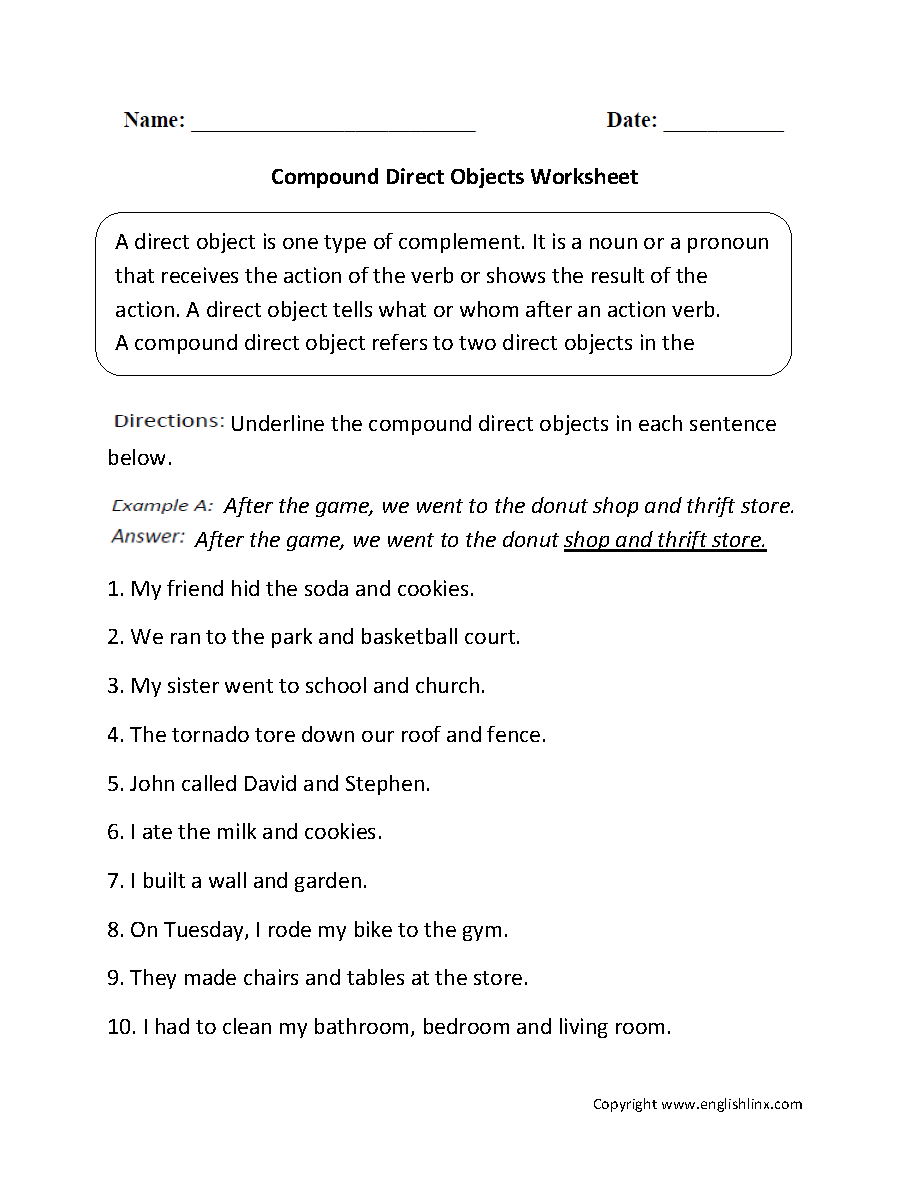
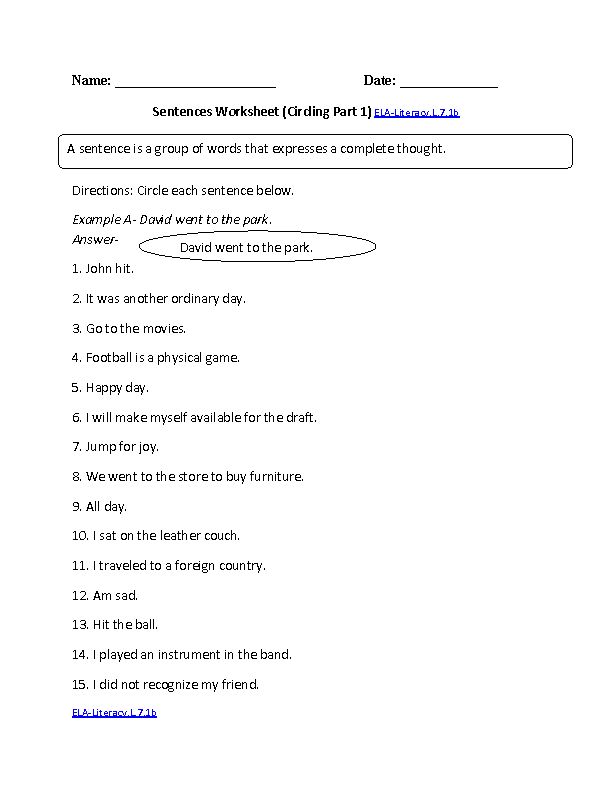
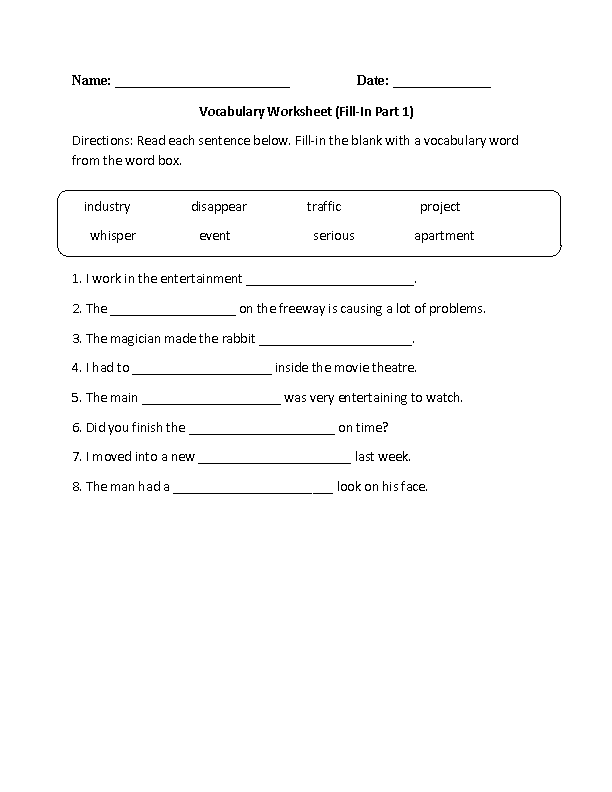
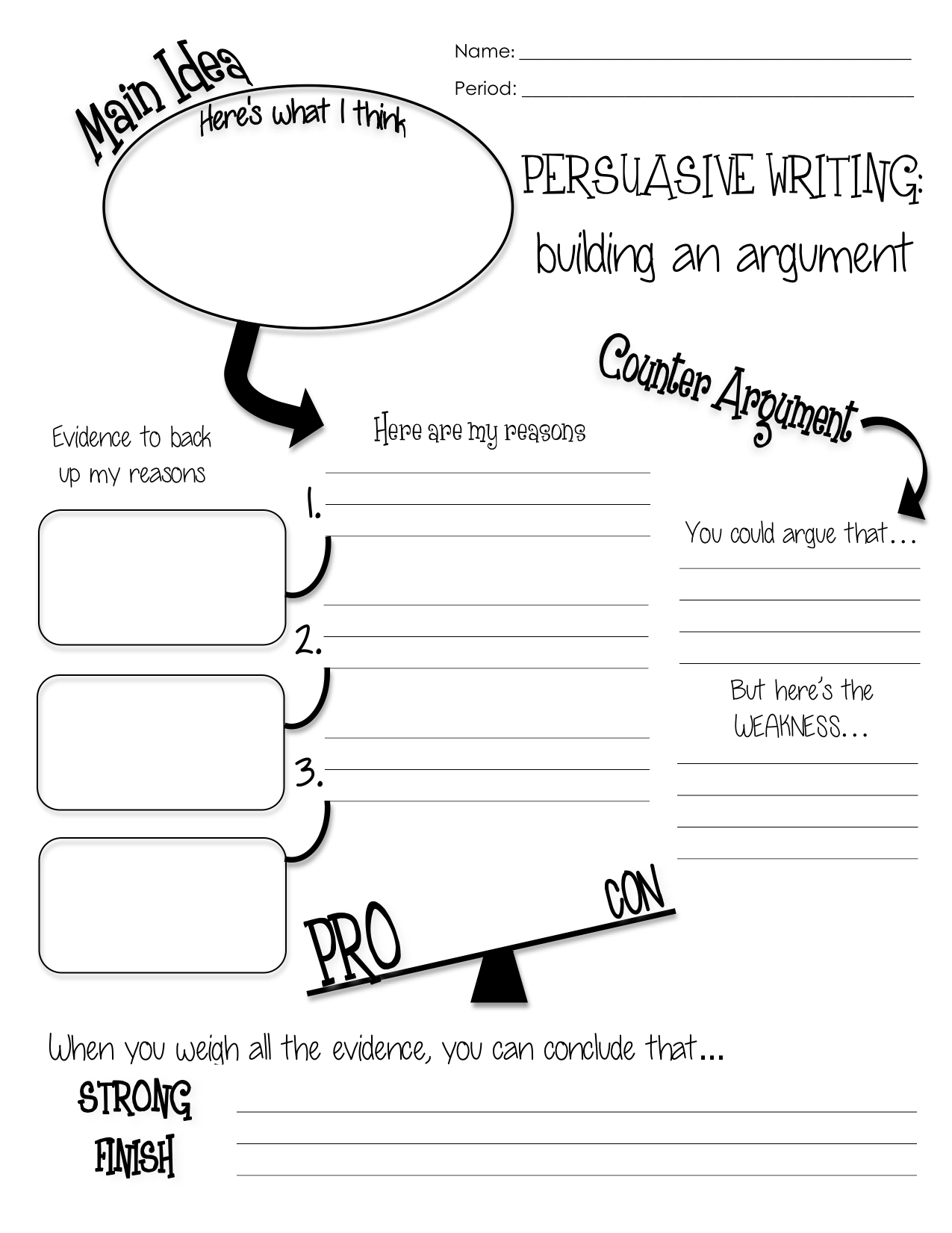
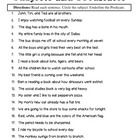
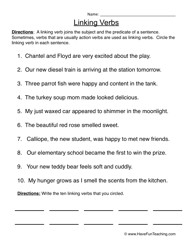
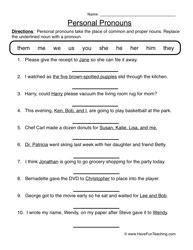
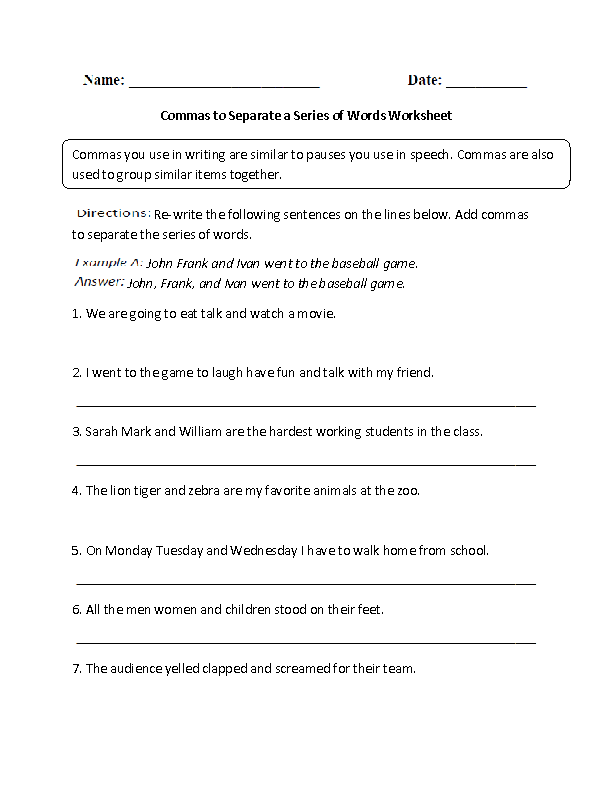
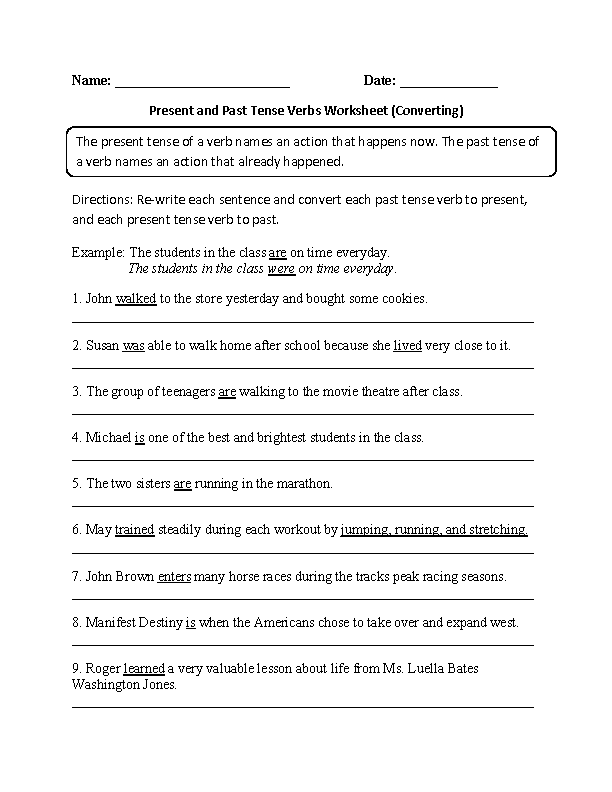
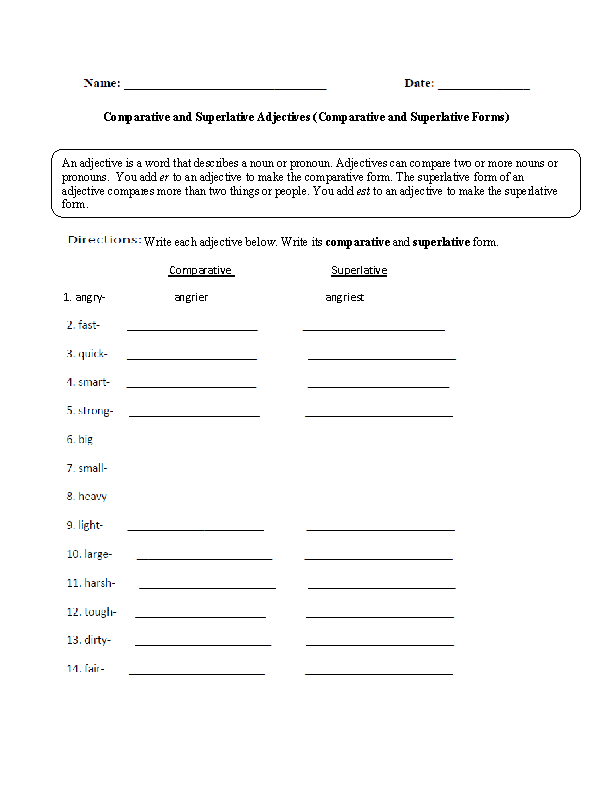
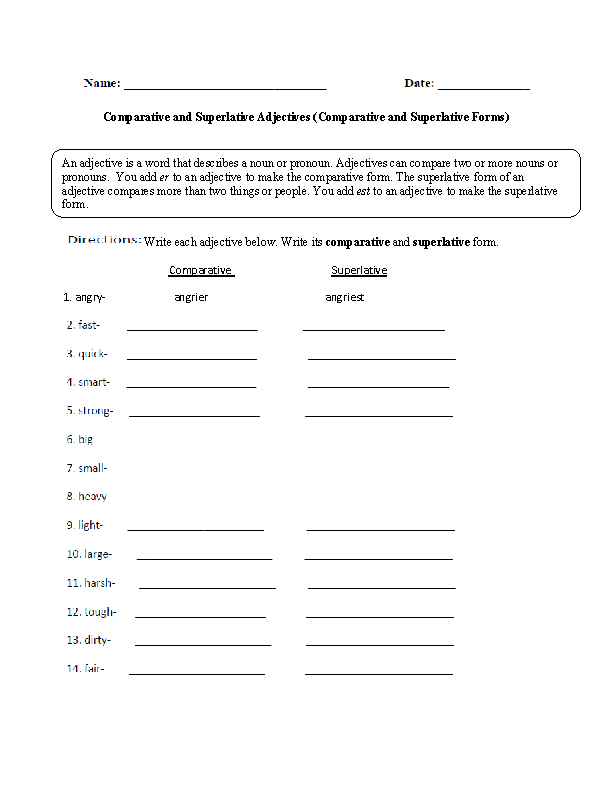
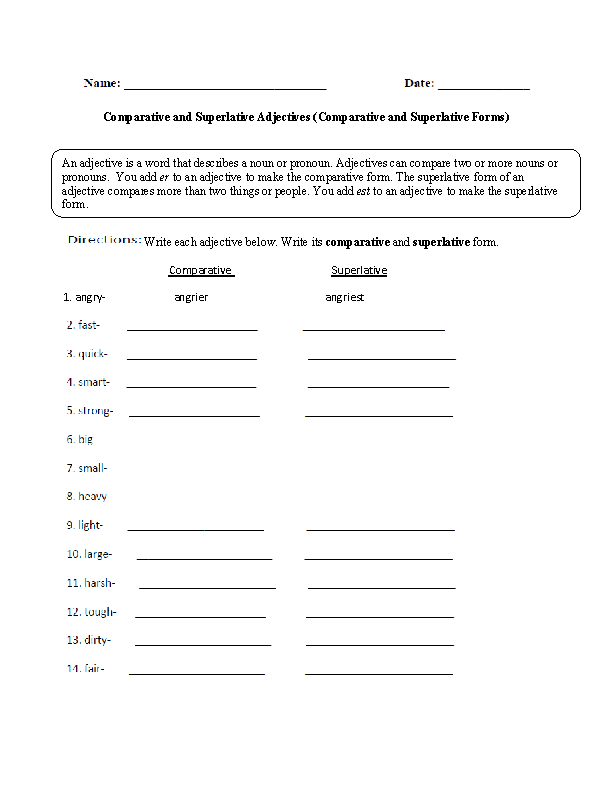

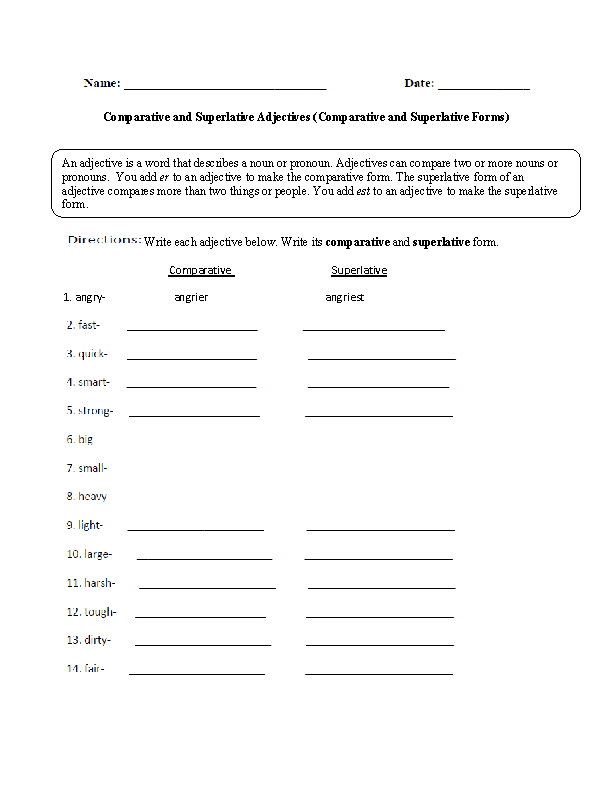
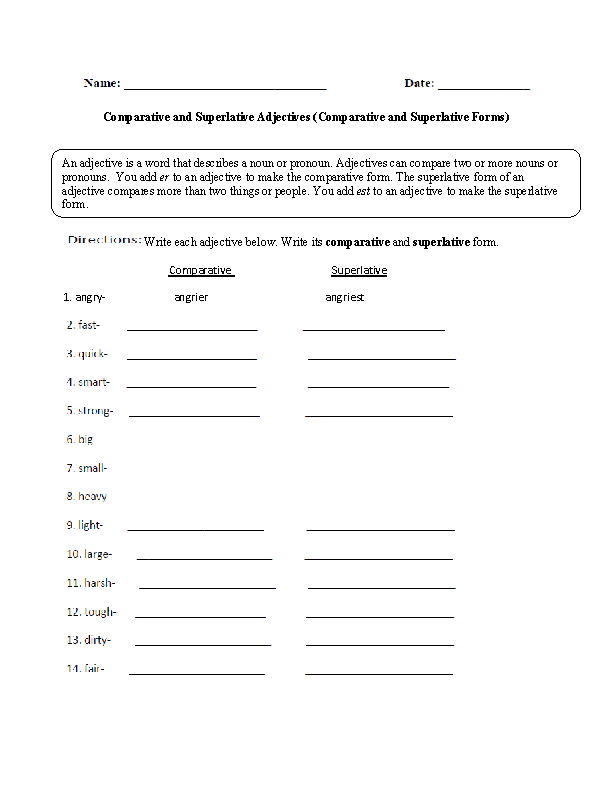














Comments